Sehri in the dark: Parts of Karachi suffer blackouts again
For the past few weeks, the power infrastructure of Karachi has been under stress due to rising demand for power
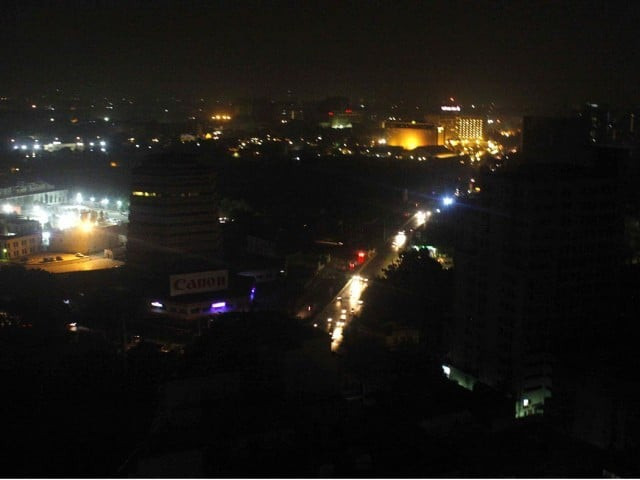
Karachi City stumbles once again into the darkness, major areas are facing blackouts. PHOTO: ONLINE
The K-electric supply company said that due to 99 per cent humidity in Pipri, the 220MW Piri-ICI power line was tripping repeatedly, disrupting supply to 10 out of 64 grids.
In addition to power breakdown, power was also fluctuating which caused damage to appliances.
The breakdown affected large parts of the city including Gulshan-e-Maymar, Shah Faisal Colony, Gulistan-e-Johar, Gulshan-e-Iqbal, Korangi, Defence, Federal ‘B’ Area, Manzoor Colony, Gulshan-e-Hadeed, Clifton, PECHS, Shadman Town among others.
Outage in some localities is due to tripping of the 220 kV Pipri/ICI Transmission Line affecting 10 of the 64 Grids. pic.twitter.com/Ckxj3q2JJ3
— KE (@KElectricPk) July 11, 2015
K-Electric did not provide an estimated time for restoring power.
Earlier, this month large parts of Sindh and Balochistan into darkness, with reports that the cascading effect had also affected grids as far away as Peshawar.
For the past few weeks, the power infrastructure of Karachi has been under stress due to rising demand for power, forcing K-electric to operate at full load. The k-electric was already stretched due to the growing gap between consumption and supply


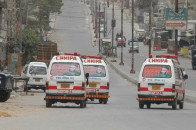
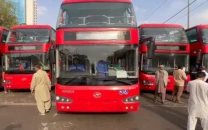
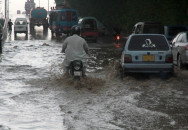

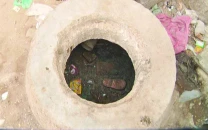





1726134115-0/BeFunk_-(41)1726134115-0-208x130.webp)






COMMENTS
Comments are moderated and generally will be posted if they are on-topic and not abusive.
For more information, please see our Comments FAQ